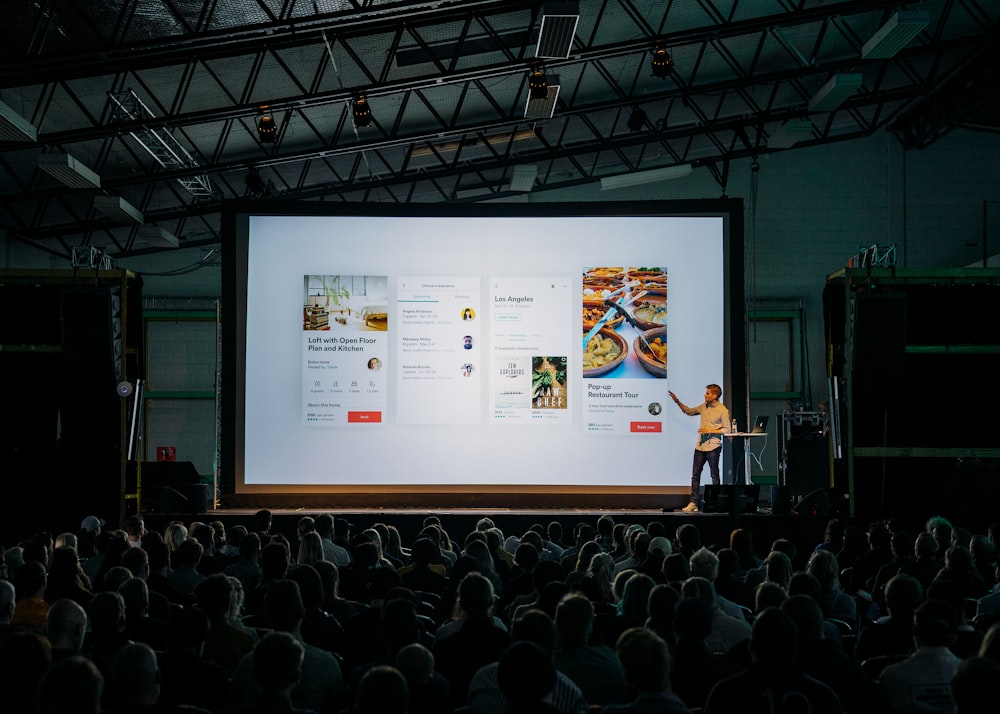Note of training - Effective presentation
From the latest post (Problem solving), I swore to talk about Effective presentation and here it is. Imagine that we got some answers from a given question and we want to convince other relevant people, a nice presentation is quite a pretty good choice, isn’t it?
Three objectives a presentation for
How come we need a presentation? there are 3 reasons why:
- Make it understand easily
For a topic, it can make understandings to others with visual and verbal in a good place. - Make it rememberable last longer
To recall what we have spoken with ease will be useful for expanding activities. A presentation can be a solution of that. - Make it lead to a desire result
A presentation can change people from its contents. Let’s say we have presented nutrition facts of an egg, audiences have eaten more eggs then it will be a result for us.
Four steps to build a good presentation
To be honest, I am the one who is not good at presenting and think these will improve me.
- Know your audiences
- Story everywhere
- Flow it like water
- Move your body as well as your tongue
1. Know your audiences
This is a preparation phase before we meet our audiences.
1.1. Characteristics
Age, gender, education, and role are basic requirements to know. It is quite weird if we present how to fishing to programmers or saving for retirement to kids, right?
1.2. Attitudes
- Interaction
Let them react when we are presenting and it is a relationship between presenter and audience - Expectation
A goal of presentation is to respond what the audiences expect. Treat them like customers.
1.3. Audience group
- Numbers of audiences
We shouldn’t plan how to represent our thing unless we know how many audiences are. There are many direct and indirect effect to the presentation such as audio systems, activities during it, and seats. - Key decision maker
There are always target persons that we project in the presentation. They are key decision maker who can decide many things based on our performance. For example, chief marketing officers or head of accounting department. We have to know about them and design the direction of the presentation.
2. Story everywhere
It can be main statements using in a presentation by 2:
2.1. Inductive logic
All possibilities guide to a single point of summary
This is for summing up every data into a key point, and every key points into a summary. It is able to re-use the Pyramid principle from the latest article for this operation.

Please note that: Bias can destroy the pyramid
2.2. Deductive logic
rationality equals congruity
It is a comment-based statement to give an implication for a specific issue.

Please note that: False variables break a formula.
3. Flow it like water
Theoretically slides contain 6 objects:
- Title
- Objectives
- Agenda
- Contents
- Next steps
- Appendix
But I think it is just a theory and we can manage the slides based on real situation and appropriateness. By the way, appendix is optional and we can do it in case we have details and someone may ask for them at the time.
Begin the time
Quite often we have plenty of texts to put in slides and have no idea how to manage it. Here are helpful for that:
- Draft ghost slides
Ghost slides are drafted and contemporary slides that we just put texts, pictures, and else without decoration yet. It helps us know any missing stuff and ordering. We do care about the story line of the presentation first. - Graphs and diagrams
Let’s say we want to put some diagrams or graphs, we should consider by these functions:- Unit of the data
Bar graph is for numbers, Table is for texts or numbers, Line graph is for time as well, and pie chart is for percentage-based one. and others. - Key messages
It should be a message implied inside a graph or a diagram and relates to context of the slides - Supporting messages
They help audience comprehend the graphs or diagrams more.
- Unit of the data
- Three points for building slides:
- clear
- concise
- compelling
4. Move your body as well as your tongue
Just our speaking and pretty presentation seem not enough. Non-verbal languages are required to attract audiences into our stories.
Vocal
- Volume
Too quiet or too low voice is able to reduce audiences’ attentions - Pace
Imaging we are listening someone speaking with no space and feel so tired to follow their story. That’s it. Please give them breathe to listen to us. - Intonation
Choose intonation properly. An action depicting matches exciting intonation not monotone.
Visual
- Posture and gesture
Animated objects catch our eyes, so are our actions and postures. Gestures point out something we want attentions from audiences as well. - Eye contact
Let them feel we are paying attention to you audience too.
Audience engagement
- Talking and asking
For some times, asking between talking is a good way to get interactions and comments from audience - Languages
Do like audience by using their languages e.g. technical terms, familiar figures, and working styles and they may feel more comfortably to us. - Listen and release agenda
Keep it on time to secure our audiences’ plans.
This is my conclusion and notes from the training. Hope you enjoy and be useful to you
See you next time after I got something interesting.
